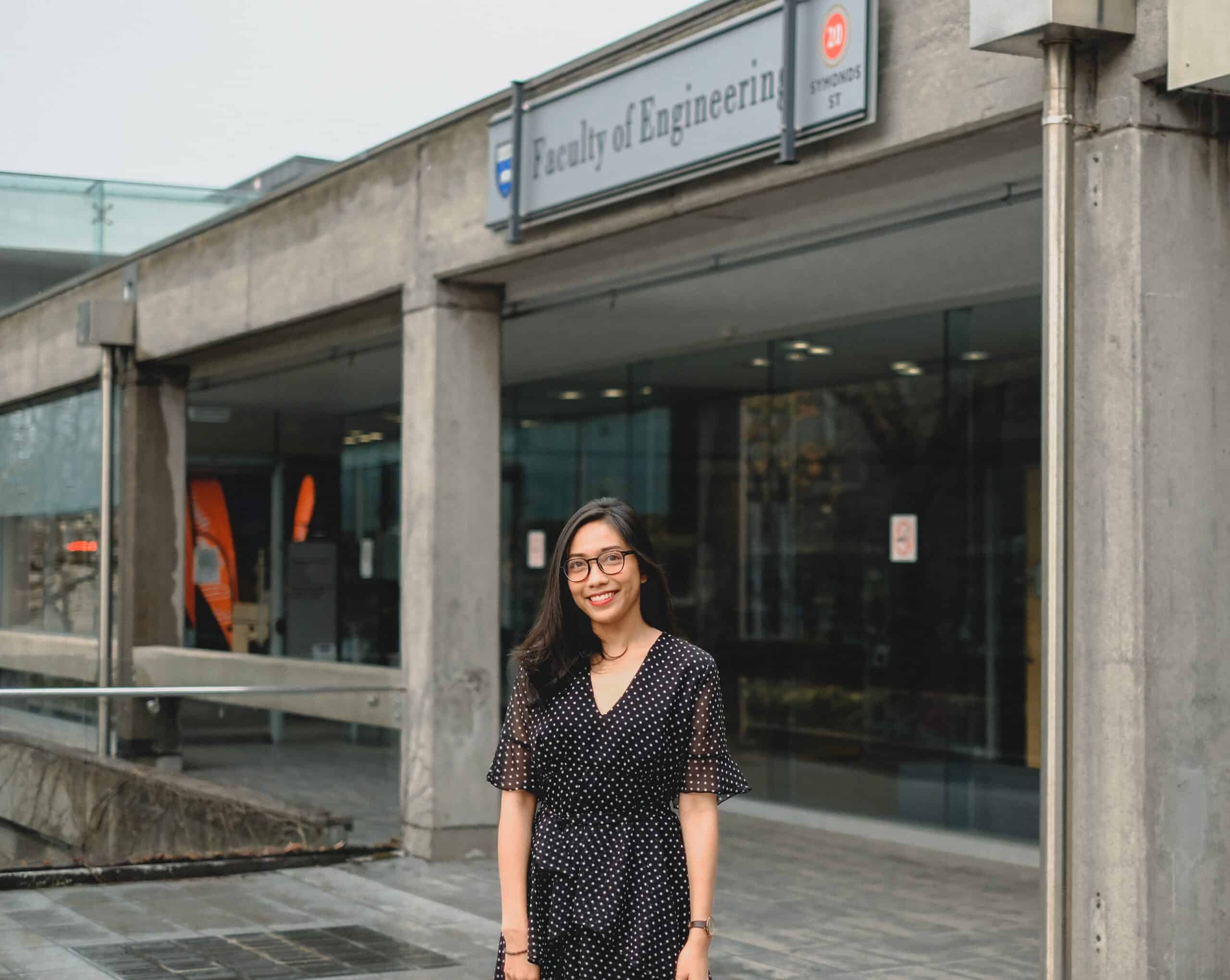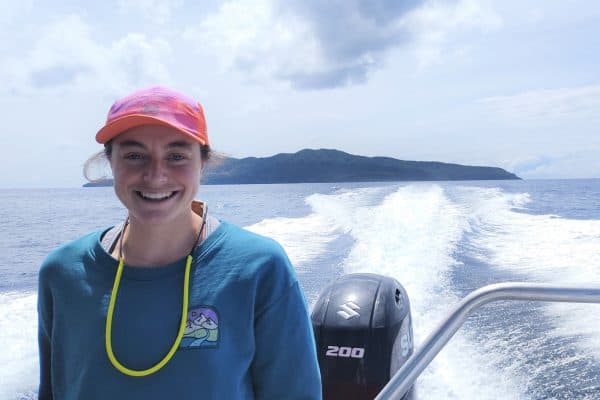Resilience through infrastructure asset management long-term planning
I was born and raised in Yogyakarta, a humble city nestled in Java, Indonesia. Two years after graduation, I made a big move to New Zealand in 2019 for a Master’s degree in Transportation Engineering at The University of Auckland. During my study, I had the chance to be a strategy advisor at one of the regional councils in the South Island. My journey living and studying in New Zealand was an altogether life-changing experience in many ways. It was enriching and has definitely impacted me as a person who wants to pursue a career as a researcher and asset manager. I started to realise that it’s not only about the technicalities or the numbers, but there is a lot of impact beyond our engineering decisions. My interest then expands from transportation asset management to more holistic, multidisciplinary work, such as applying social perspectives in built environment decision-making.
Good things always come at the right time. Six months after my Master’s thesis submission, I started off my PhD degree in 2021 as an offshore student. So here I am; I came back to my beloved alma mater under the same department, Civil and Environmental Engineering. I am currently studying from Indonesia and still waiting for my turn to come back home to New Zealand.
In my spare time, I walk with my camera or explore the city (I like taking pictures and going culinary hopping), learn about perfumes, read books that help broaden my views, hang out with some mates, or simply lie down at my favourite parks –Albert Park is definitely one of them— especially during end-of-spring and summer times. When I have ‘more’ spare time, I like to go for tramping trips that reconnect me with nature.
My project
There is an increasing understanding of the impact and risks from climate and geo-hazards on infrastructure. There is also increasing knowledge of some techniques to improve infrastructure robustness to withstand climatic changes and shock events. The gap in knowledge and tools revolve around having a more holistic understanding of well-being outcomes from respective infrastructure services and how that is affected by changes in the environment and other shock events.
This project will develop a holistic investment logic decision approach to guide infrastructure investments to increase resilience from a well-being perspective. It covers all infrastructure services related to horizontal infrastructure: roads, three-waters, and power networks. The research objectives are as follows:
- Understand the well-being impacts of infrastructure failures due to climate change (both slow-burning and shock events) and natural hazards.
- Use a critical thinking process to develop adaptation or investment options to address the impacts
- Develop an assessment framework to decide the optimal infrastructure adaptation strategies to maximise the outcome from the well-being perspective.
- Develop a coordinated and focused resilience monitoring and reporting framework, including stating a set of performance targets for resilience.

Next steps
I have been enrolled for a year, so I am finalising the literature review and preliminary design of the methodology to connect the dots and create a holistic resilience infrastructure asset management framework. The ultimate goal of my research is to connect decision-making between infrastructure variables and non-monetary variables (in this case, well-being capitals: social, cultural, economic, and environmental) to achieve resilience. The collaboration of those elements is crucial to improving the overall resilience of assets and community towards the uncertainty from climate change and other natural conditions we will be dealing with in the future. The next step would be testing the preliminary framework using real infrastructure and well-being data.
Further, I would be working to create a platform to understand the feasible and practical scenarios from economic, engineering, and social standpoint to achieve resilience goals. There is always a probability of shock events causing greater damage to the infrastructure system and disruption to the community. So, preparing for resilience means appreciating a degree of uncertainty and setting acceptable levels of risk. The development of a sustainable asset management mechanism in which we can continuously maintain and monitor our infrastructure condition and make the best use of knowledge, policy, and guidelines to inform the decision-making process to invest for community and infrastructure resilience in the long term, is the key.
Therefore, the outcome of this research could enhance the current infrastructure asset management practice by embedding resilience assessment and non-monetary aspects into the process. It will help the government and industry have a standard for a long-term investment in infrastructure and community resilience.




